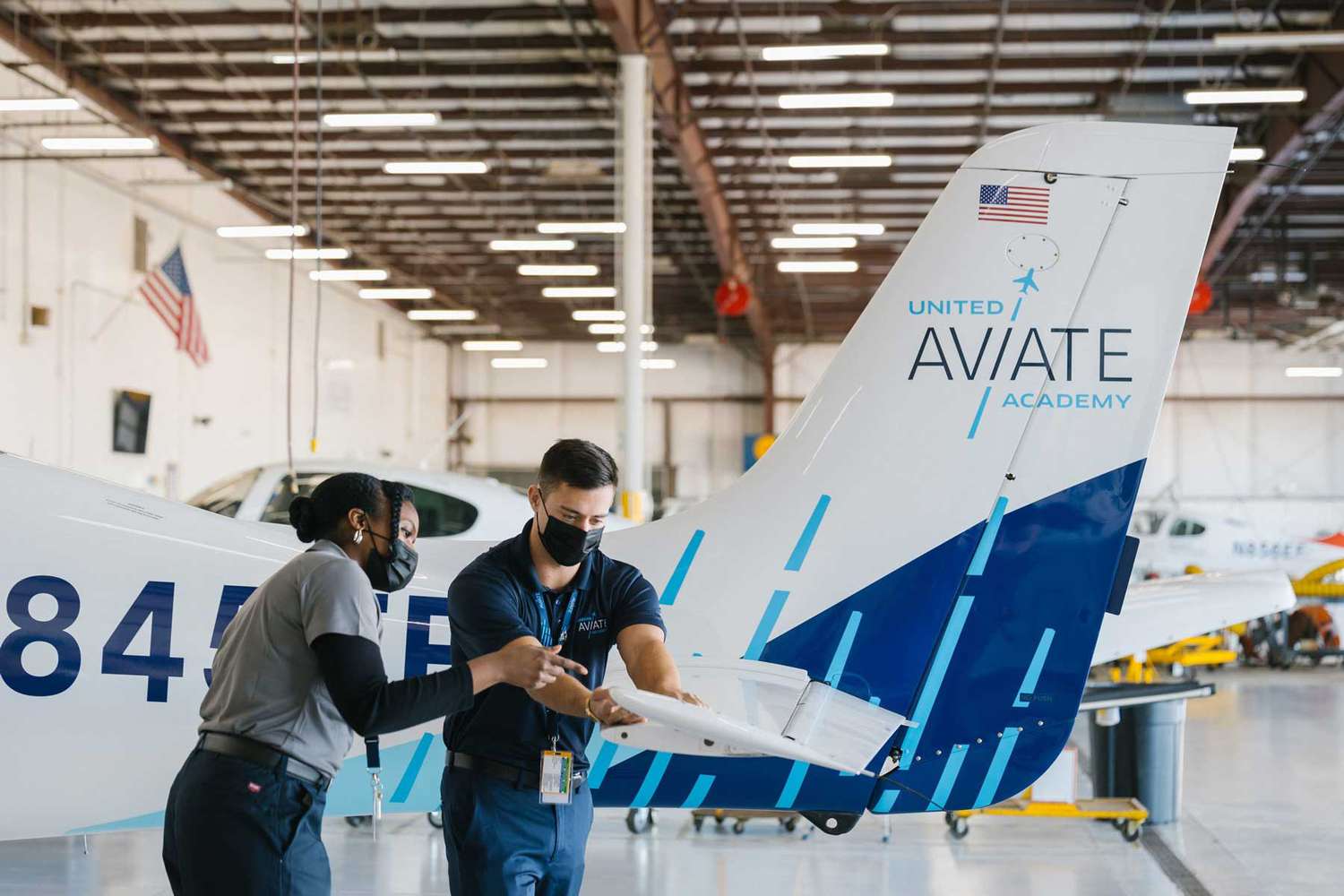
Ever wondered what it takes to become an airline pilot? Training programs for aspiring pilots are rigorous, demanding, and incredibly rewarding. These programs cover everything from basic flight principles to advanced navigation techniques. But what exactly do these training programs entail? In this blog post, we'll dive into 17 fascinating facts about airline pilot training programs. From the number of flight hours required to the types of simulators used, you'll get an inside look at the journey from ground school to the cockpit. Whether you're dreaming of flying or just curious about the process, these facts will give you a clearer picture of what it takes to soar through the skies. Buckle up and prepare for takeoff!
Key Takeaways:
- Becoming an airline pilot requires rigorous training, including flight school, certifications, and accumulating flight hours. It's a challenging but rewarding journey to the cockpit.
- The path to becoming an airline pilot involves significant financial investment, but there is a strong demand for qualified pilots in the aviation industry. Scholarships and loans are available to help aspiring pilots achieve their dreams.
The Basics of Airline Pilot Training
Becoming an airline pilot is a dream for many, but it requires dedication, hard work, and extensive training. Here are some essential facts about the journey to the cockpit.
-
Flight School Enrollment: Aspiring pilots must enroll in an accredited flight school, where they receive both ground and flight training.
-
Private Pilot License (PPL): The first major milestone is obtaining a Private Pilot License, which allows pilots to fly solo and carry passengers but not for compensation.
-
Instrument Rating (IR): Pilots must earn an Instrument Rating to fly in various weather conditions, relying solely on instruments for navigation.
Advanced Training and Certifications
After the basics, pilots need advanced training and certifications to qualify for airline jobs. This phase is rigorous and requires a lot of dedication.
-
Commercial Pilot License (CPL): A Commercial Pilot License is necessary to get paid for flying. It involves more complex maneuvers and a higher level of proficiency.
-
Multi-Engine Rating: Most commercial aircraft have multiple engines, so pilots must train on multi-engine planes to handle the added complexity.
-
Certified Flight Instructor (CFI): Many pilots become flight instructors to gain flight hours and experience, which are crucial for advancing their careers.
The Role of Flight Hours
Accumulating flight hours is a critical part of pilot training. Airlines require a significant amount of experience before hiring.
-
Minimum Flight Hours: To qualify for an Airline Transport Pilot (ATP) certificate, pilots need at least 1,500 flight hours.
-
Building Hours: Pilots often build hours by working as flight instructors, banner tow pilots, or in other aviation jobs.
-
Simulator Training: Flight simulators provide valuable experience and help pilots practice emergency procedures without risk.
Airline Transport Pilot (ATP) Certificate
The ATP certificate is the highest level of aircraft pilot certification. It is mandatory for anyone who wants to be an airline captain.
-
Written Exam: Pilots must pass a comprehensive written exam covering advanced aerodynamics, weather, and regulations.
-
Check Ride: The final step is a check ride, a practical test where pilots demonstrate their flying skills and knowledge.
-
Type Rating: Pilots must obtain a type rating for each specific aircraft they intend to fly, involving additional training and testing.
Continuous Learning and Recertification
Even after becoming an airline pilot, the learning never stops. Continuous education and recertification are crucial for maintaining skills and knowledge.
-
Recurrent Training: Pilots undergo recurrent training every six months to stay current with procedures and regulations.
-
Medical Certification: Pilots must pass regular medical exams to ensure they are fit to fly.
-
Crew Resource Management (CRM): CRM training focuses on communication, decision-making, and teamwork in the cockpit.
The Journey to the Cockpit
The path to becoming an airline pilot is long and challenging, but it is also incredibly rewarding. Here are a few more facts about the journey.
-
Financial Investment: Pilot training is expensive, often costing tens of thousands of dollars, but scholarships and loans are available.
-
Job Market: The demand for airline pilots fluctuates, but there is generally a strong need for qualified pilots, especially with the growth of the aviation industry.
Final Thoughts on Pilot Training
Becoming an airline pilot isn't just about flying planes. It's a journey filled with rigorous training, dedication, and a passion for the skies. From mastering complex flight systems to understanding weather patterns, pilots undergo extensive education to ensure passenger safety. The commitment to continuous learning and adapting to new technologies is crucial.
Aspiring pilots should be prepared for the challenges ahead but also look forward to the rewards of a fulfilling career. The path may be demanding, but the thrill of soaring through the clouds makes it all worthwhile. Remember, every seasoned pilot once started as a novice, learning the ropes and gradually building their expertise.
So, if you're dreaming of a career in aviation, embrace the process, stay focused, and keep your eyes on the horizon. The sky's the limit!
Frequently Asked Questions
Was this page helpful?
Our commitment to delivering trustworthy and engaging content is at the heart of what we do. Each fact on our site is contributed by real users like you, bringing a wealth of diverse insights and information. To ensure the highest standards of accuracy and reliability, our dedicated editors meticulously review each submission. This process guarantees that the facts we share are not only fascinating but also credible. Trust in our commitment to quality and authenticity as you explore and learn with us.


